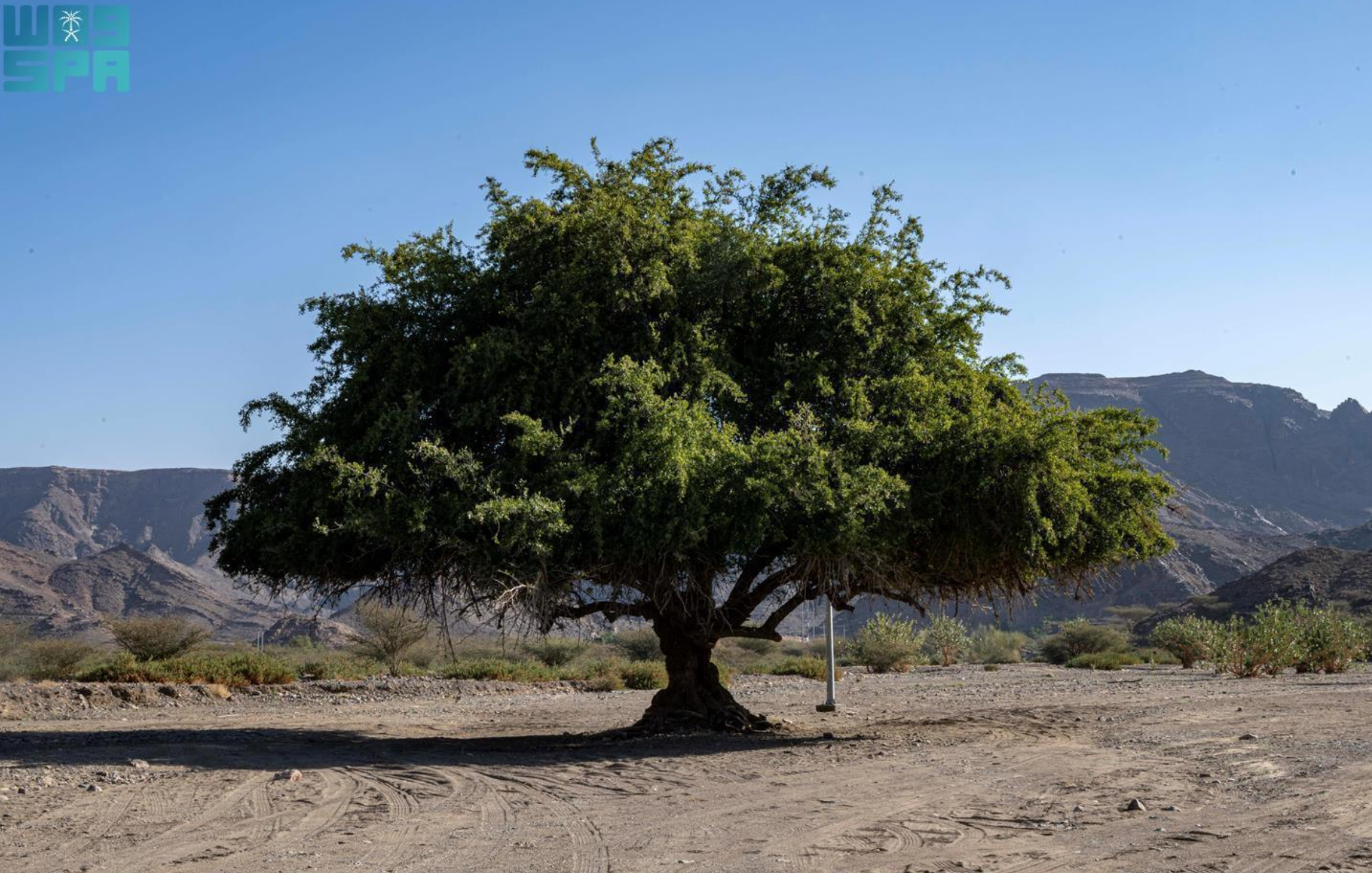
Sidr Trees: A Symbol of Life and Heritage in Najran
Deeply rooted in Najran's history and landscape, Sidr trees hold a prominent place in the region's life and identity, symbolizing greenery, beauty, and resilience. Beyond providing essential resources like oxygen, shelter, food, and medicine, their significance extends to cultural and social aspects deeply woven into the memory of local inhabitants. Historically, their ample shade fostered joy, gatherings, poetry, and learning, making them an enduring landmark cherished by nature lovers.
Director of the Najran branch of the National Center for Vegetation Cover Development and Combating Desertification Majid Al Salem described the Sidr tree as an evergreen with large branches that offer significant shade. It blooms twice yearly and produces sweet-tasting fruits, thriving in Najran's mountains, valleys, and villages.
Chairman of the Najran Association Green Rafaan Al Amer spoke about the association's work in promoting vegetation cover and combating desertification by planting Sidr trees. He emphasized the Sidr's value as a well-adapted, fast-growing, and low-water-consuming thorny tree. Over the past two years, the association has planted over 45,000 Sidr trees, with plans for another 15,000 in 2025. Al Amer also stressed the Sidr tree's significant heritage in Saudi Arabia, particularly in Najran. This thorny tree has been historically crucial for building roofs, crafting household items, farming, irrigation, and traditional medicine. Its fruits and leaves were also used for beautification products such as henna.








